How to Learn Python (Fast & Free)
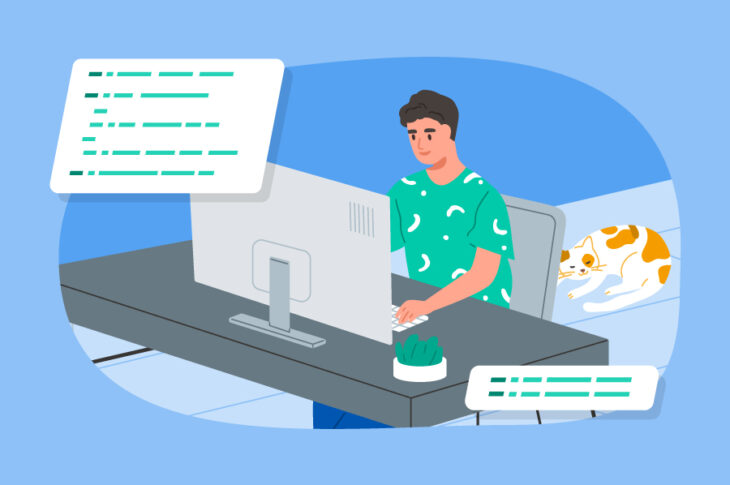
There are plenty of resources available that can help you learn Python in no time. From free to paid options, you can find a wide selection of online courses and websites to guide you through the lessons. Using these resources, you can quickly progress from beginner to advanced.
In this post, we’ll explain what Python is, what it’s used for, and why you might want to learn it. Then we’ll provide you with some of the top places you can go to learn Python as quickly as possible. Let’s jump in!
An Introduction to Python
Python is a versatile, high-level, object-oriented programming language that helps you solve problems quickly:
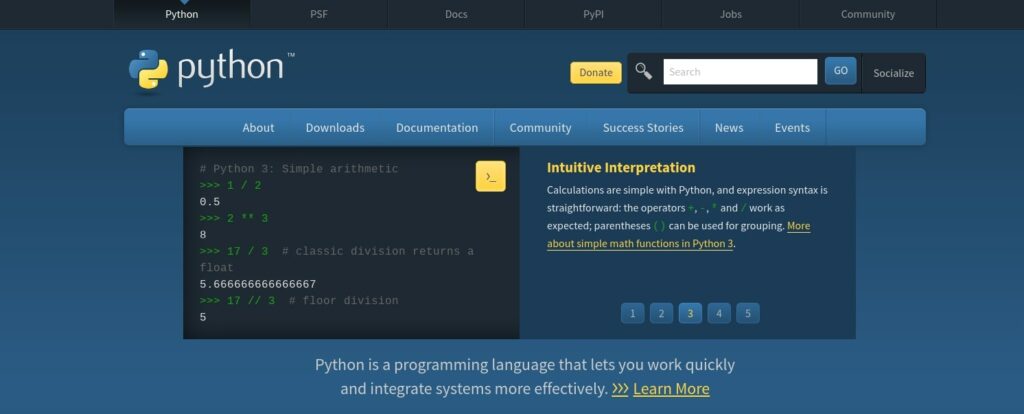
To give you an idea of how sophisticated and practical this programming language is, consider that some of the biggest brands across the globe have used Python in their projects. These companies include Netflix, Google, and Spotify.
It’s also a preferred language for many developers. Last year, RedMonk research found that, among developers, Python was the second most popular programming language (behind JavaScript).
Python 2 and Python 3 are different versions of the open-source Python programming language. However, Python 2 is no longer supported by the Python community. Python 3 is the latest version and is recommended for all new projects.
What Python Is Used For
Python is used in many places, including:
- Web development
- Scientific computing
- Data analysis
- Artificial Intelligence (AI)
- Machine learning
- Automation and scripting
- Software testing and prototyping
You can also use Python to build all sorts of applications, including web, desktop, and mobile apps. One of the most common use cases for Python is web development, which is the process of building websites and applications.
Web development can be divided into three parts: front-end development, back-end development, and full-stack development.
Front-end developers focus on the User Interface (UI) and experience of a website or web app. They use HTML, CSS, and JavaScript to build the Graphical User Interface (GUI).
Back-end developers focus on the server-side application that powers the front-end GUI. They use languages like Python to write code that runs on a web server. Finally, Full-stack developers are proficient in both front-end and back-end development.
Get Content Delivered Straight to Your Inbox
Subscribe to our blog and receive great content just like this delivered straight to your inbox.
Why You May Want to Learn Python
Python is a popular language for web development for many reasons. There are also a variety of benefits to learning it.
For beginners, Python is relatively easy to learn and has powerful libraries for advanced users. It also has a simple syntax that is simple to read and understand. These features make Python an ideal language for beginners who are just getting started with coding.
Additionally, the Python language is versatile enough for various purposes. This broad applicability makes it a good choice for developers who want to learn one language that they can use for multiple types of projects.
It’s also fast. Python code is compiled to bytecode, which is then executed by the Python virtual machine. This compilation step means that Python code runs faster than interpreted languages like PHP and Ruby.
Another benefit is that Python has powerful libraries that make web development easier. These libraries include Django, Flask, and Bottle. They provide helpful tools for building websites and web apps.
For example, Django has a module called Django ORM that makes it easy to work with databases in Python. Furthermore, Flask provides a module called flask-restful that makes it easy to build REST APIs.
Finally, since it’s such a popular programming language, Python also has a robust community to offer support and resources. This means that if you ever run into any Python-related issues or concerns, there will likely be an experienced developer capable of providing a solution.
What to Learn Before Python
Technically, you don’t need to know any other programming languages before learning Python. However, mastering different languages can make learning Python easier. If you’re just starting with web development, we recommend taking an introduction to programming course.
At the very least, it’s best to have a solid grasp of HTML, JavaScript, and CSS. It might also be helpful if you understand the basics of other programming languages such as PHP and JavaScript libraries like React.
There are two ways to use Python for web development: with or without a framework. A framework is a collection of libraries and tools that make it easier to build a website or web app.
As we mentioned, the most popular Python frameworks for web development are Django, Flask, and Bottle. We recommend familiarizing yourself with one of these frameworks if you’re just starting.
If you’re at least moderately experienced with Python, you may want to try developing without a framework. This approach is sometimes called micro-framing because you only use the libraries that you need for your specific project. This method can be faster and easier than using a full-fledged framework like Django or Flask.
The time it takes to learn Python will depend on your experience level and how much effort you’re willing to invest. Overall, you can learn Python relatively quickly if you can dedicate a few hours each day.
How to Learn Python Fast (5 Helpful Resources)
Now that we’ve covered what Python is and its use cases, let’s discuss how you can go about learning it. Here are five helpful resources to get you started!
1. The Python Website
The official Python website offers many resources, guides, and tutorials that can introduce you to the basics of programming languages. If you’re starting from ground zero, we recommend the Beginner’s Guide, available under the Docs tab:
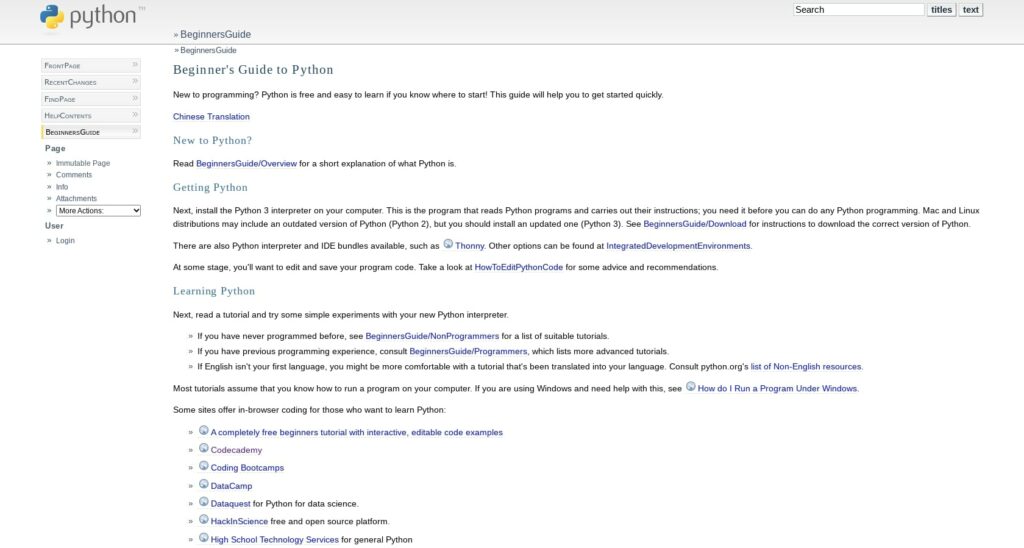
This guide is free to access and use. It also provides tons of links to other materials you can utilize throughout your learning journey. In addition to what’s essentially a map for your Python curriculum, you can explore various quizzes and assignments, cheat sheets, style checkers, and other tools. We recommend taking notes to absorb all the information.
Also available on the Python website is a Developer’s Guide. This resource will be helpful to reference once you’ve mastered the basics and are ready to move to the next level.
2. Udemy
Udemy is a popular platform where you can find tons of online learning courses covering a broad range of topics. The website offers both free and paid lessons, including options explicitly geared toward web developers.
These classes include a free Introduction to Python Programming course that is perfect for beginners:
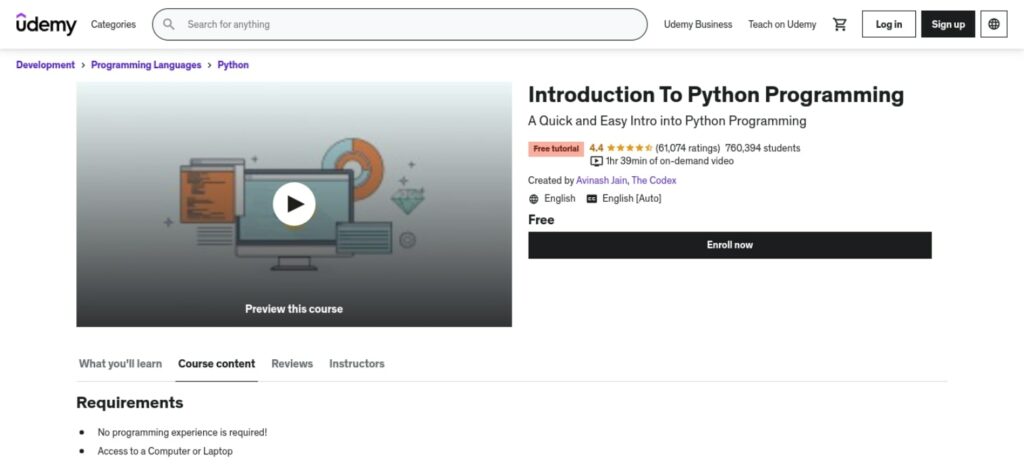
It consists of one hour and 39 minutes of on-demand video content, covering the basics of Python, including scripts and functions. You can also upgrade to the paid version, which includes a certificate of completion and direct messaging with the instructor.
When you’re ready to advance, you can enroll in the Python From Beginner to Intermediate in 30 Mins course. This is another free, video-based class that will teach you more sophisticated Python programming concepts.
3. Codecademy
Codecademy is a popular and robust online learning platform geared toward developers and programmers. It’s a wonderful resource for exploring and enrolling in classes that cover nearly every topic in data science, web development, IT, and more.
Although it’s not free, the Pro plan offers a Learn Python 3 course that can serve as an excellent introduction to Python as well as basic programming concepts:
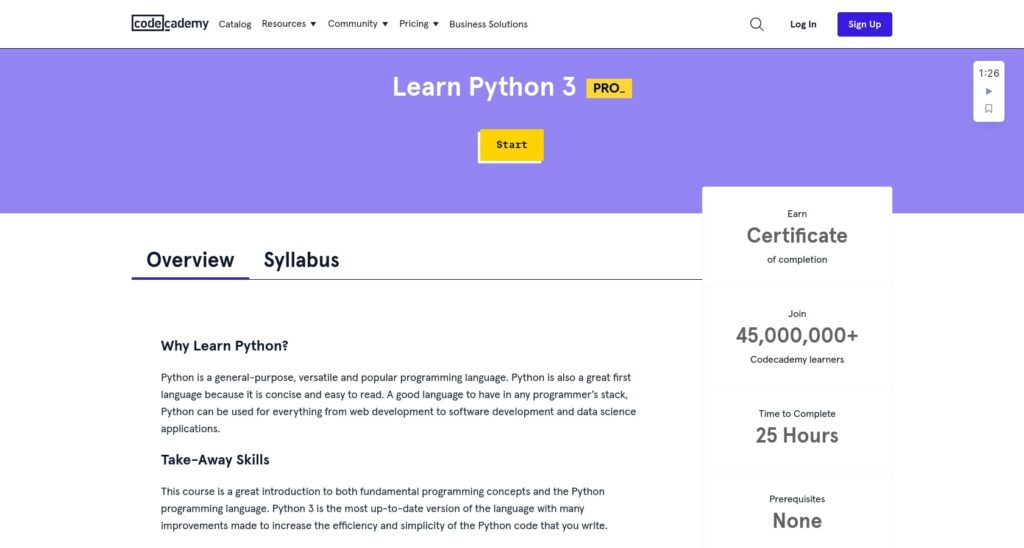
The lessons cover a variety of topics, including:
- Python syntax
- Conditionals and control flow
- Functions
- Data structures lists and directories
- And more
The course doesn’t require any prerequisites. If you sign up for the Pro plan, you will receive a certificate upon completion. Furthermore, the course takes approximately 25 hours to complete.
4. LearnPython.org
If you prefer text-based learning materials, LearnPython.org is a solid option:
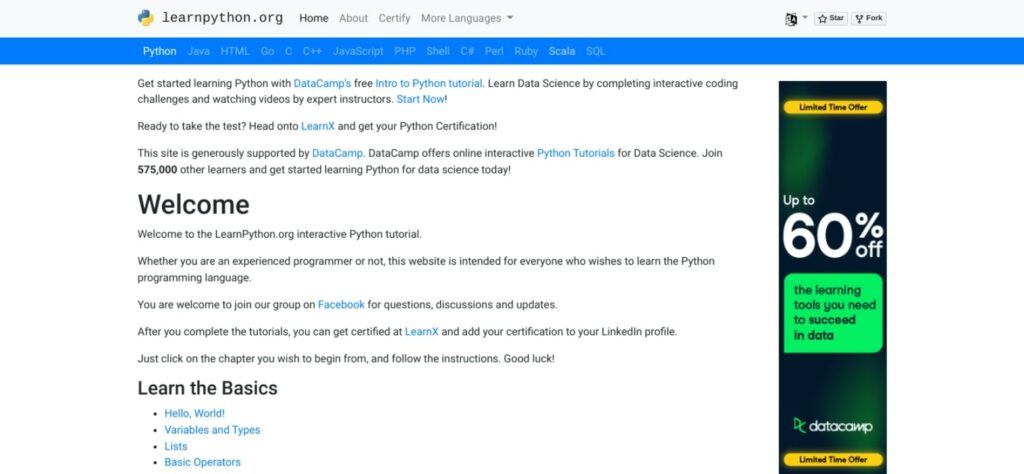
The website is dedicated to helping people of all experience levels learn the programming language and access resources that can simplify the process. It includes both basic and advanced tutorials, covering topics such as:
- Variables and their types
- Data science lessons
- Generators, sets, list comprehensions, function arguments, etc
The lessons are interactive. You can also find a Facebook group dedicated to the courses where you can discuss the material with other students.
5. Free Code Camp
Another platform you can use to find free and paid courses on Python is Free Code Camp. The website has various coding and web development materials, including courses, boot camps, and news.
Free Code Camp offers a Learning Python: From Zero to Hero course that is free and text-based:
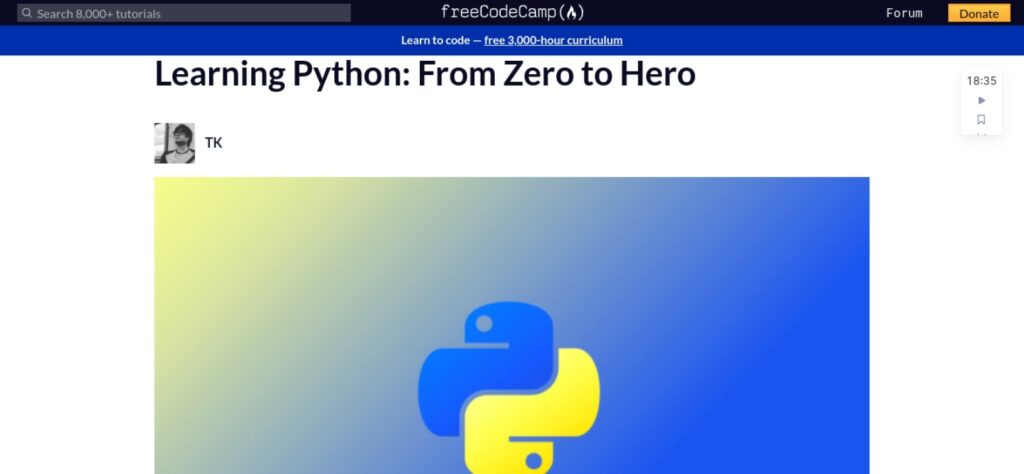
It explains the basics of Python in simple, easy-to-understand sections. Some of the topics include:
- How variables, conditional statements, and looping work
- How to use lists
- Iterations through data structures
- Objects and classes
If you enjoy video-based content, you can also find a YouTube version where the same topics are covered. The video course additionally discusses how to install PyCharm and Python. This course includes four hours and 20 minutes of video content.
If you complete the beginner course and want to move on to more advanced concepts and projects, you can also participate in the One Month Python Bootcamp. This is a paid course, but the project-based, intensive material is self-paced. It will give you the foundation needed to become a Python developer.
Start Learning Python Today
If you’re just getting started with Python, there are many online courses, platforms, and resources you can use (many of which are free!) to help you learn the programming language quickly.
We recommend beginning with a free introduction course or materials, such as those offered on Python.org. Once you nail down the basics, you can graduate to more in-depth and specialized teachings offered on third-party and premium platforms.
Are you looking for an affordable yet reliable hosting solution for your web development projects? Check out DreamHost shared hosting plans to get started!
Power Your Website with DreamHost
We make sure your website is fast, secure and always up so your visitors trust you. Plans start at $1.99/mo.
